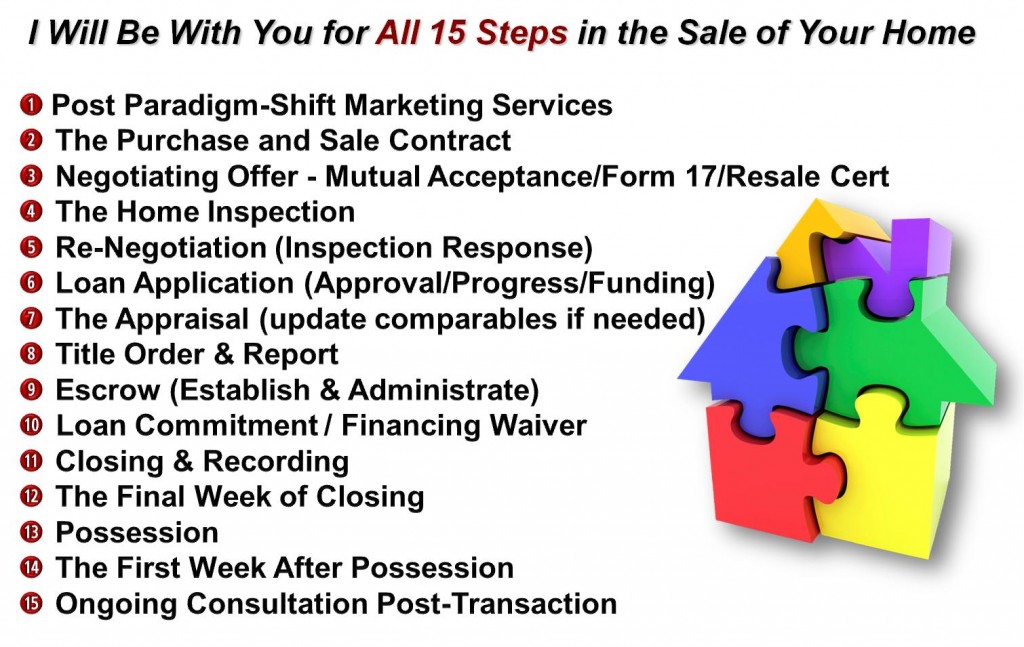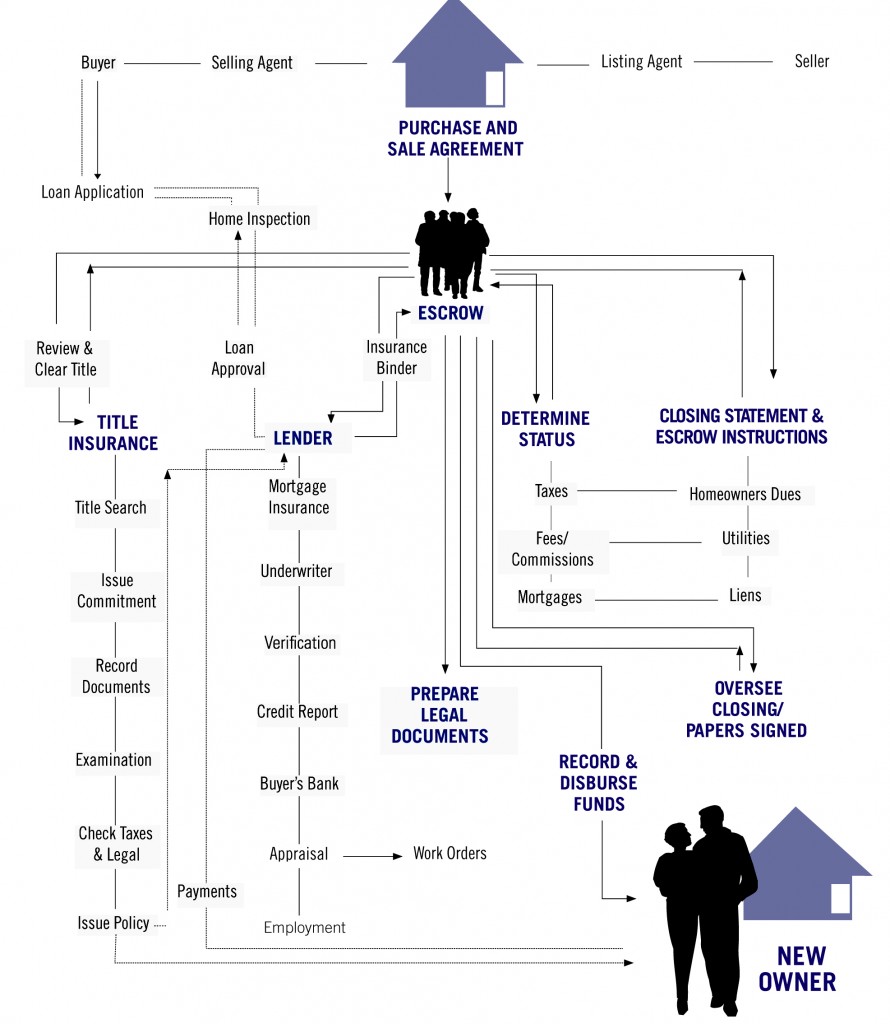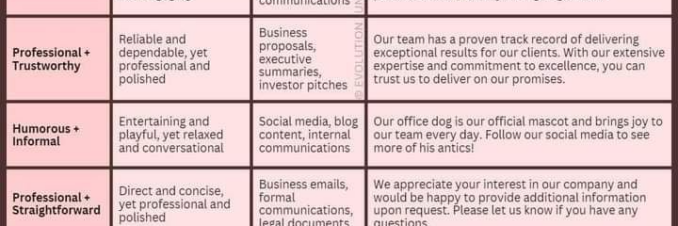
Preparing Your House For Sale
Thoroughly clean your entire house, or hire someone to do it for you. Pay particular attention to your bathrooms and kitchen. A new shower curtain and towels are a smart idea. Scrub your tubs, toilets, and sinks to make them sparkle. Your stove, oven, refrigerator, microwave, and other appliances must be spotless.
Open rooms appear larger, so storing or getting rid of clutter and excess furniture is wise. Closet space can sell a home, too. Organized closets, bookshelves, and drawers are very appealing to buyers.
A fresh coat of a neutral-colored paint not only gives your house a clean feeling, but potential buyers can more easily picture their own furnishings working with the surroundings.
Don’t underestimate curb appeal. Your yard may be the determining factor in whether buyers make an appointment to see the inside of your home. Keep flowerbeds weeded and pruned walkways and decks swept and clean, and grass mowed.
Once inside, buyers want to feel cozy and at home. You can help them with this by staging your house. Light fireplaces, especially if the weather is still cool. A freshly brewed pot of coffee or baking bread gives off an inviting aroma. Light Jazz or Classical instrumental music quietly playing is a great mood-setter as well.
Lighting is very important to setting the mood in your home. Bright, well-lit houses feel more spacious and cheerful. Open all curtains and drapes during the day. If the view isn’t appealing, cover it with sheer window treatments that let light through. Turn on all lamps, even during the day. Hallways, closets, and stairways need to be brightly lit as well.
When your home is on the market, it can be shown any time of day. Be sure to keep it clean and organized. A little effort now can pay off big in the long run.
__________________________________________________________
10 Quick Fixes To Sell Your Home Faster
1. Paint the trim, columns, front door, and the light fixture. 2. Replace the storm door with a full-view one. 3. Clean all the window screens. 4. Add new mulch and a potted plant by the front door. 5. Remove mirrors from over the fireplace so buyers focus on the fireplace. 6. Move furniture 1 1/2 to 2 feet away from the walls to create the illusion of more space. 7. Get rid of any movable storage pieces in the kitchen and take all the clutter off the refrigerator. 8. Clean and re-grout the bathroom floor tile. 9. Replace dated bathroom vanities with trendy (and economical) pedestal sinks. 10. Put colorful bedding and matching window treatments in all the bedrooms.__________________________
Most common seller mistakes
Why testing the market could backfire
With the credit crunch and huge amount of competition from distressed properties, “normal sellers” have had a tough time getting their properties sold. If you must sell in this market, it’s absolutely critical that you price your property right.
Pinpointing the best possible price for your home can be a challenge. If you overprice your property in today’s market, it can stay on the market for months. If values in your area are declining, the longer you take to sell, the less money you will net. If you want to net the most from your real estate sale, avoid these common seller pitfalls:
1. Basing the list price for your home on the list price of other properties
This is probably the most common mistake that sellers make. They look at what other properties are listed for in their neighborhood and base their price on those numbers. This is a huge mistake. To correctly price your property, the only accurate “comparable sales” are those properties that have closed either for all cash or where a lender has funded a loan. While properties may be selling, many are not closing due to the credit crunch. Appraisals are a huge issue. The reason is that a property worth $200,000 today may be worth $196,000 when it closes 60 days later. Appraisers are aware of the issue and often set values more conservatively as a result.
You can obtain comparable sales information online from real estate brokerage sites, Realtor.com and multiple listing service (MLS) Web sites. These online resources are a great starting place. The challenge is that they often lack up-to-date sale and/or price-reduction data. The best source for comparable sales information is a competent local broker who has access to the most up-to-date MLS data.
2. Basing your list price on what you paid for the property
Many sellers believe that what they paid for the property influences their current sales price. “We paid $200,000 for the property three years ago. We have to sell it for at least $218,000 to break even.” This reasoning is based upon a very common fallacy. Many people believe that the agents and the sellers determine the price at which a property will sell.
The truth of the matter is that the real estate market is like the stock market. The buyers — not the sellers or agents — determine whether a property is saleable in any given market. For example, if you paid $80 a share for IBM stock and today it’s selling for $50 a share, if you wanted to sell for $80 per share, you wouldn’t be a seller in today’s market. The same is true for your real estate. The price you paid for the property has no bearing on what the buyer will pay. (It does make a difference in terms of your tax liability and a host of other issues.
3. Overestimating the value of your improvements or upgrades
Many sellers have a challenge understanding how the improvements or upgrades that they have made to the property impact value. Some improvements do increase value. Generally these include adding square footage or bringing your property up to the same standards as most other properties in the area. Most improvements, however, make your property more saleable, but they don’t necessarily add to the value.
For example, assume that you have white travertine marble countertops throughout your home and distressed walnut floors. These features make your home more attractive to potential buyers, but normally don’t add much to your sales price. The reason is that those improvements have no value to a buyer who prefers dark granite and plush carpets. Also, if you overimprove your property by making your home substantially larger than that of your neighbors, you probably won’t recoup that money either.
4. Testing the market
Sellers often want to “test” the market. “Let’s list it at a higher price for a few weeks and see what happens.” This is a huge mistake. Real estate professionals know that all listings have a “honeymoon period” where the listing will have the most showings. This normally takes place during the first 30 days the property is on the market. The reason is that buyers who have not yet found a property attempt to see new listings as soon as they come on the market. This initial rush normally drops off after the first 30 days. After that, showings are normally limited to new buyers coming into the market. If you don’t sell during the honeymoon period, there’s a high probability that your property will be on the market for an extended period of time. You can generate additional interest with a price reduction, but it never creates the attention you receive when you first list the property.
Overpricing your listing can cause your property to sit on the market for months. How can you tell what the correct listing price is for your property?
If you’re like most sellers, you want to obtain the highest possible amount from your real estate sale. With the creation of online automated pricing tools such as those provided by HomeGain.com and Zillow.com (there are several others but we’ll use these as examples), many sellers have turned to these tools as a way to establish what their property is worth.
These tools can be a good place to start, but they can also be wildly inaccurate. For example, a current property valuation on Zillow is about 28 percent higher than what the property would sell for in this market. On a $400,000 sale, that would mean that my list price would be $112,000 too high.
A major mistake that both sellers and agents make is failing to follow the “10 Percent Rule.” This means that the comparable sales that you use to price your property are equivalent in size to your property. Specifically, the square footage of the lot and the square footage of the improvements (structure) should be within 10 percent of the house being evaluated for sale. The 10 percent rule is important because you can drastically over- or underprice a property if you don’t follow it.
In general, the bigger the house is, the less you may get per square foot. If you compared the 1,250-square-foot house referenced above to a house that had 850 square feet, you would price the property too high. On the other hand, if you used price per square foot and compared it to a house that had 1,800 square feet, you would price the property too low.
Correctly pricing your home can be complex. Using the price per square foot is a good starting place. Nevertheless, there are hundreds of other factors that will influence the price. There is no way that a computer can evaluate the desirability of the floor plan, the value of a full or partial view, or a host of other factors that influence the sales price.
This is the reason that it pays to use all the tools at your disposal. Let mw know how I can assist you with a strategy to get your home sold.
________________________________
THOUGHTS ON SQUARE FOOTAGE
One of the most misunderstood data points in real estate is square footage. To some this seems like a solid, historically accepted statistic that should be left alone. The reality is that not all feet are created equally.
As someone who consults both buyers and sellers on strategies that include pricing, I have had more than one occasion where square footage has been an issue of consternation.
Though I’m not an appraiser, I do understand the principals by which they establish value. In the Puget Sound, our topography dictates a variety of architecture. We have two-story, ramblers, split-entry, multi-level, townhomes and many more variations of those. Some homes have mountain views, while others look out on one of our gorgeous lakes. Still others look into a school yard or directly to a brick wall. Not all feet are created equally.
To suggest that, if all things being equal (number of bedrooms, baths and size), square footage would offer the key to pricing, is in my opinion a precarious position to take.
The truth is that floorplan rules! Useful (useable) design and flow are imperative to the way the home lives. People make due with the spaces they occupy, however, many of us have said something like, “If only that wall was over there”, or “If only we had a larger kitchen”, or “I wish the laundry room was upstairs”. As an aside – another benefit of our current inventory levels is that buyers have the opportunity to select homes that fit their needs at a pace where there is less compromise than in the frenzy market of 2003-2006. The floorplan MUST be considered when evaluating the profile buyer (most likely buyer for the property), usefulness of the spaces and subsequently, the value of the property.
Multi-level homes, though fun and interesting, may have a smaller pool of buyers (older families, due to the distance between bedrooms and other layout considerations) which in turn can affect its value, depending on when it is sold. View homes may be more valuable to some than others (ask an appraiser how much a view is worth and you may receive a very long bluff – there IS a value, but determining that number is science and gut mixed with a little Pepto Bismol). Craftsmanship has to play a role in the valuation of a home. Different builders use assorted materials and sub-trades. The quality of materials and appliances cannot be ignored when valuing homes.
As a city or neighborhood ages, we see gentrification. In Seattle, Bellevue and Redmond, comparing homes in neighborhoods that are mixed with original and newly built structures is not for the faint of heart.
Many homes in our area have multi-levels due to where they are placed on the lot. Often these homes have an abundance of stairs and hallways, whereas a well designed rambler will yield the highest return on investment.
This is not to say that there aren’t times to use the square footage data. Identical homes in neighborhoods (unless there are some major differences such as location & condition), and more likely condominiums and townhomes, can benefit from the square footage valuation model. Again, one must consider the updates that may or may not have been done. The most important component in those cases is timing. I have observed and have been a part of selling identical properties only 6 months apart at dramatically different prices. Even the micro-market is affected by variations in the economy and lending.
Though none of this is splitting the atom, I have seen many who deal with home sales and marketing gloss over this point, sometimes putting their seller clients in a less than successful position.









![A 44-Point SEO Checklist to Help Improve Your Process [Infographic]](http://www.emmanuelfonte.com/wp-content/uploads/2023/08/SEO-678x226.png)


